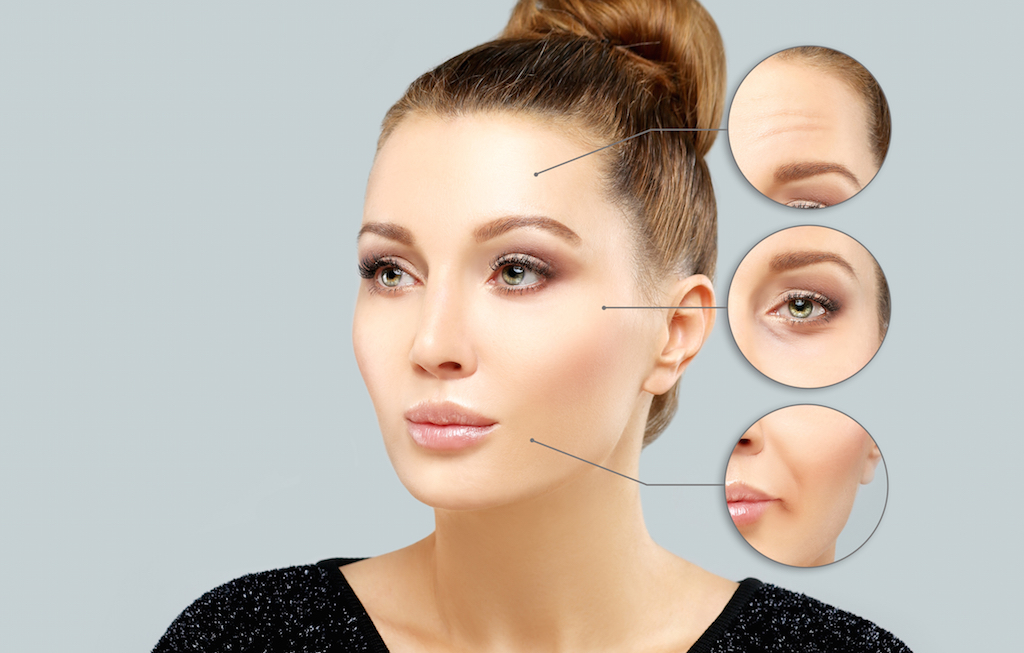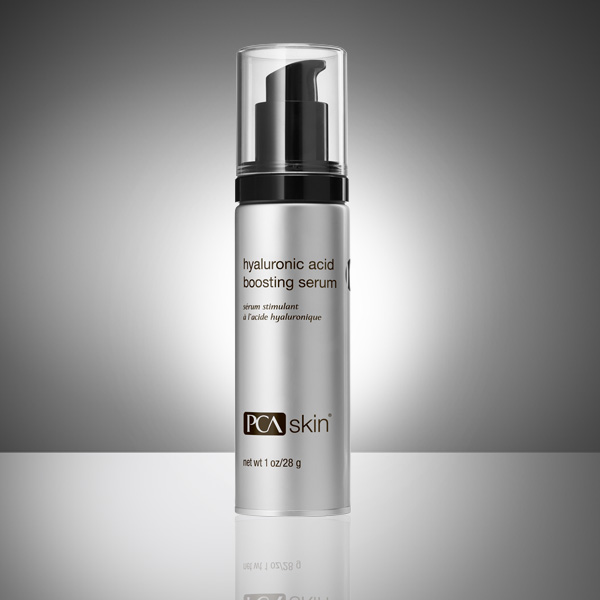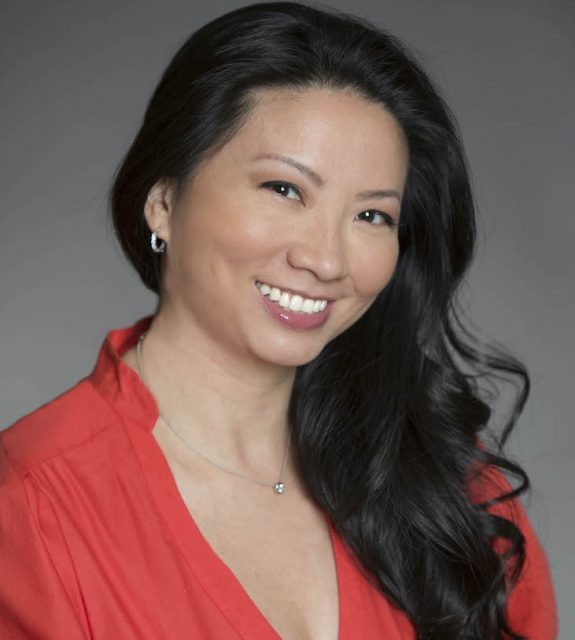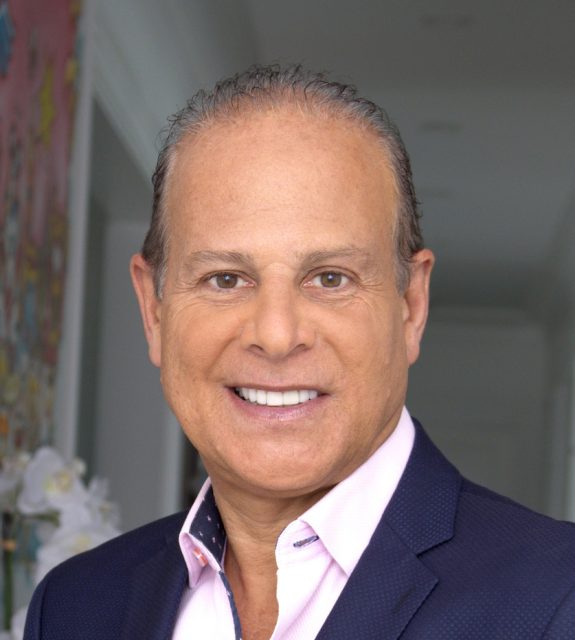Are you confused about which of the new Juvederm fillers to have placed? Certainly, it does not help that they all start with "Vol" and sound alike! Voluma, Vollure, Volbella, what is the difference between these three Juvederm products?

Before you can understand the difference between Voluma, Vollure, and Volbella, we need to talk about hyaluronic acid. Hyaluronic acid is the substance that makes up these "Vol" products. Hyaluronic acid is a natural substance that the body creates to help the skin look young, hydrated, and full of elasticity! Unlike other filler products, the "Vol" products use Vycross to cross-link hyaluronic acid molecules with molecules in your skin which creates smoother filler and smoother results. Patients want smoother filler because that means they are likely to experience less pain and swelling after treatments. Another benefit to using Vycross technology is that fillers may remain in the body for up to or above a year. Who doesn't want that?
So it is a benefit that Voluma, Vollure, and Volbella are all made up of the Vycross technology, but each product differs in their strength, thickness, and diffusion under the skin. Let's talk more about this, from thickest filler to thinnest. Voluma contains the thickest and strongest gel out of the three. It is ideal for deeper injections to provide lift and volume. Voluma is most commonly used for the cheek area and is proven to last up to 2 years in the cheek area according to Allergan. Vollure is the medium level of viscosity between all three. It is used for moderate to severe facial expressions and movements creating durability and more spreadability. It is most commonly used for nasolabial folds, as well as tear trough fillers. (Tear trough fillers, as well as any filler treatment, needs to be injected by a highly trained licensed professional.) Last but not least, Volbella. Volbella is the thinnest, most liquid out of the three fillers. It is perfect for fine lines above the lips or delicate areas like under the eyes. It is also a great option for lip filler and lasts up to one year!
Written by Emma Peditto, PA, Samuel J. Lin, MD, FACS
For more information, visit Dr. Samuel Lin's social media:





















